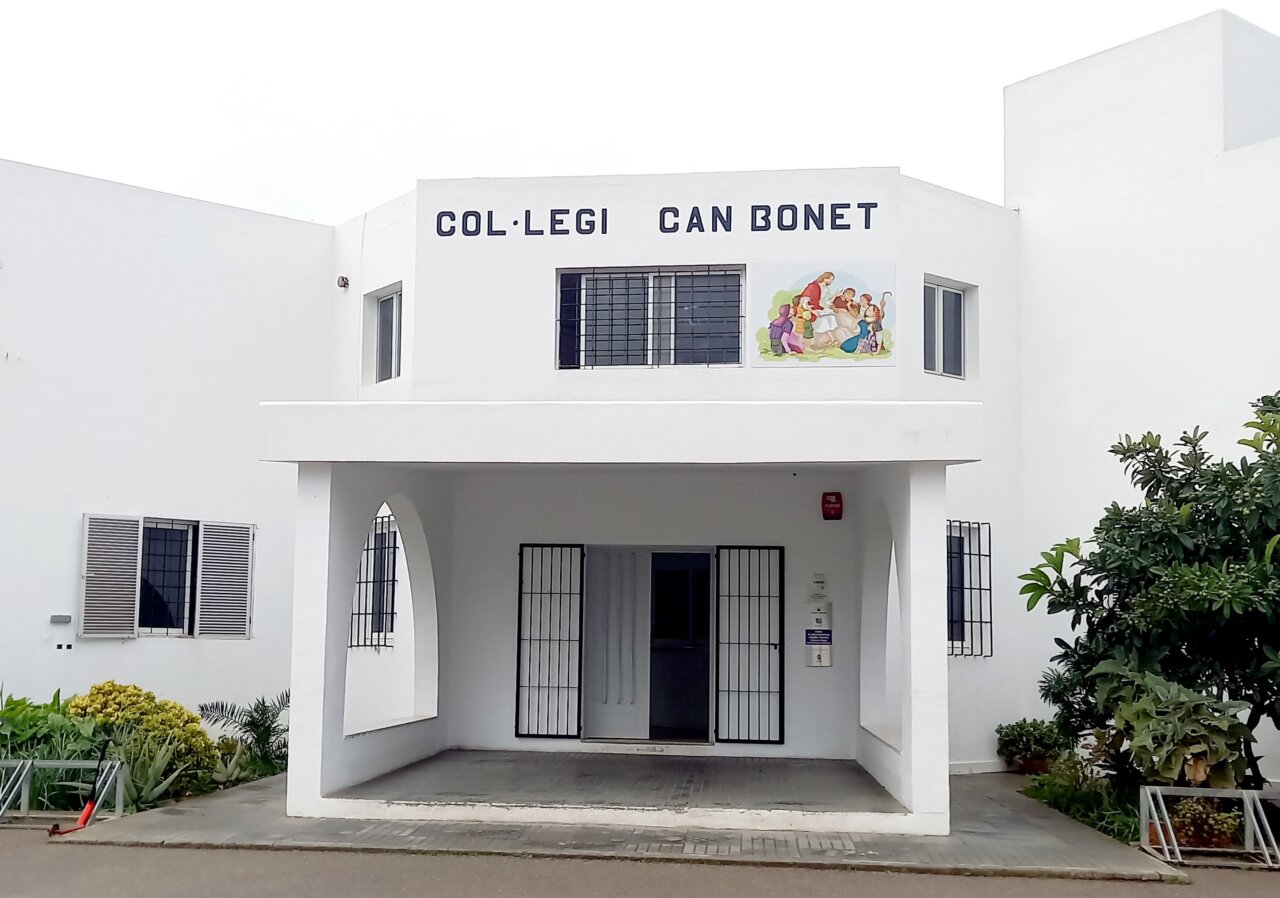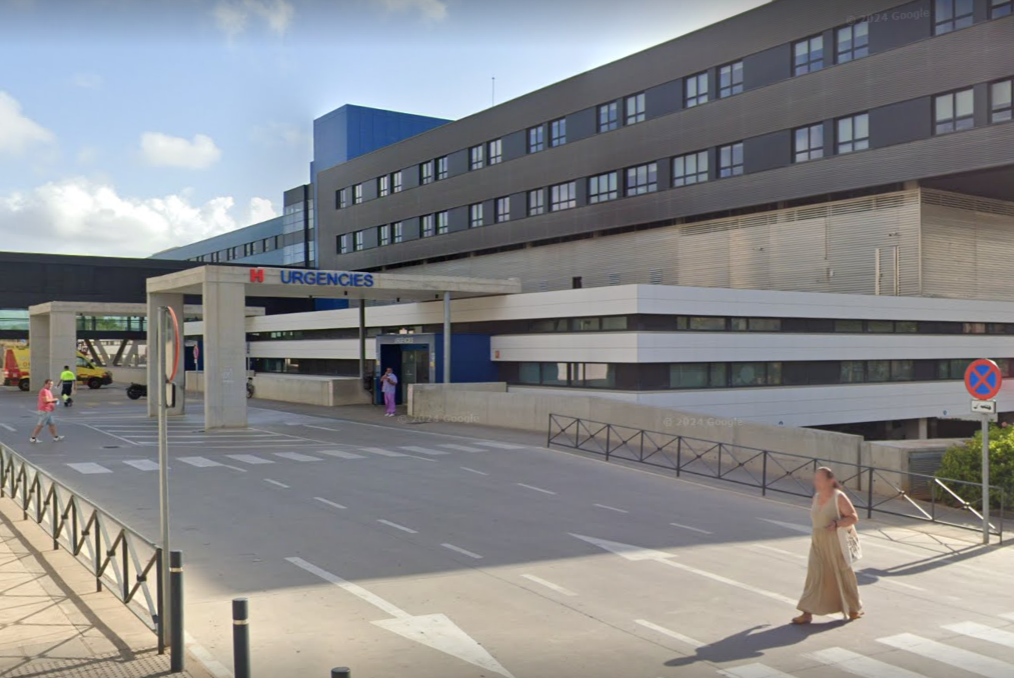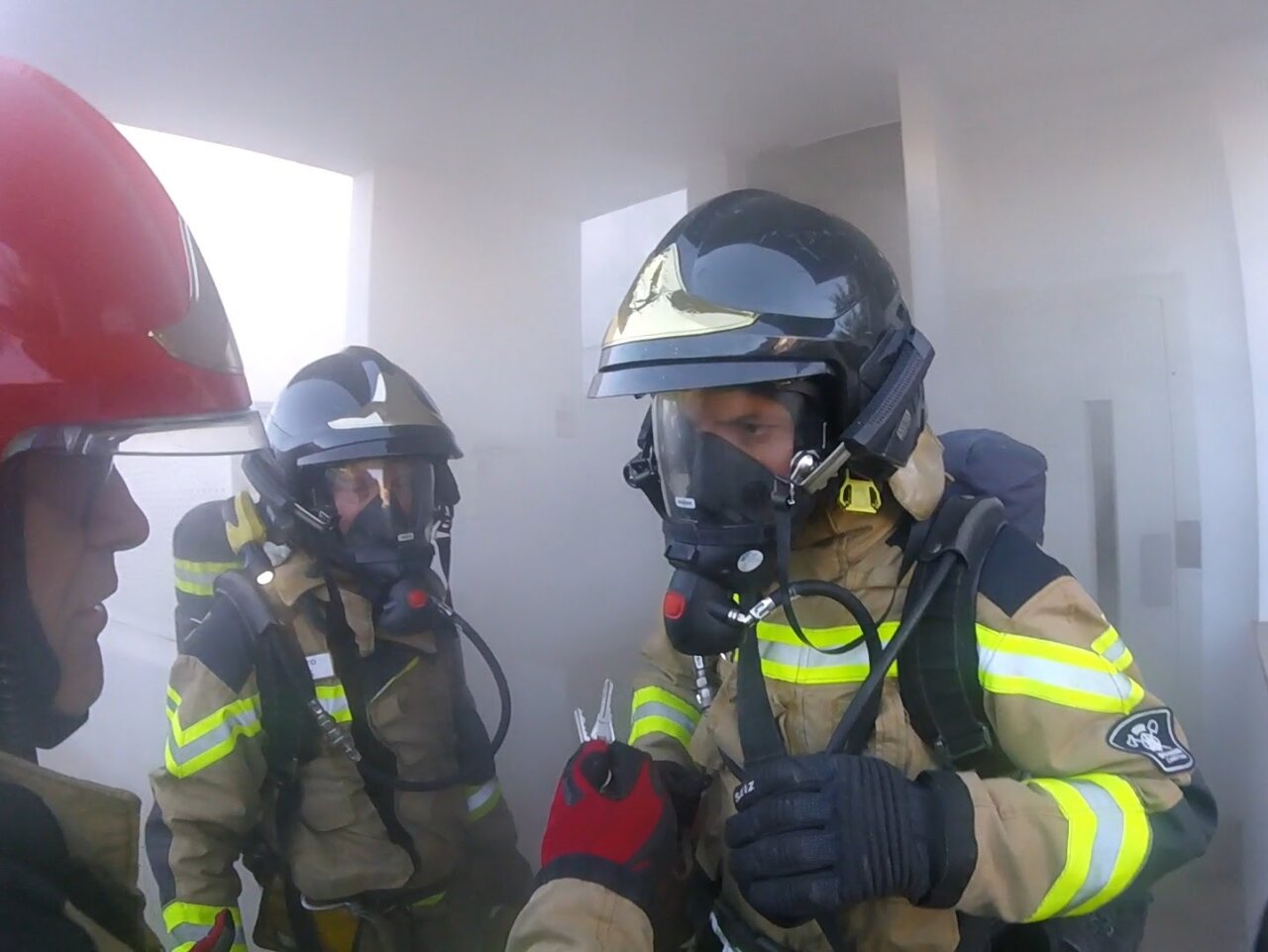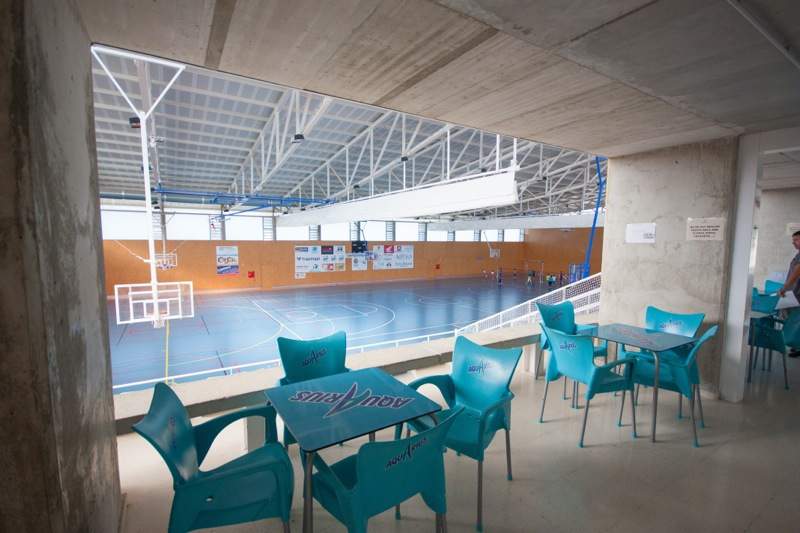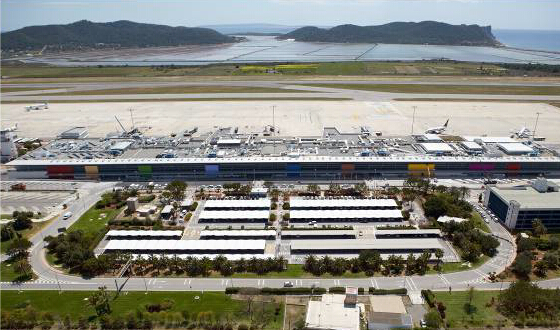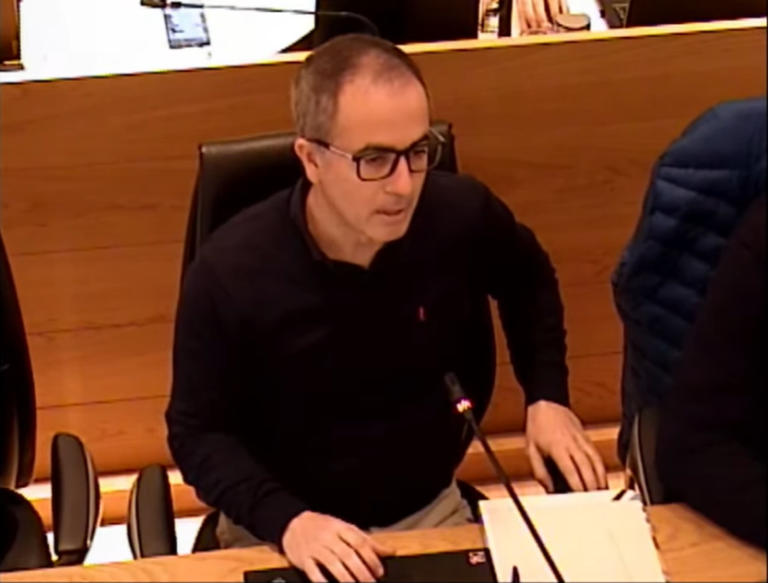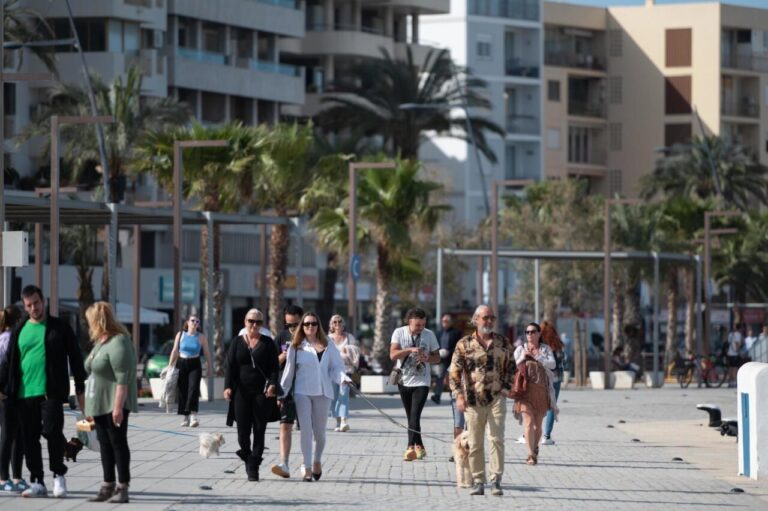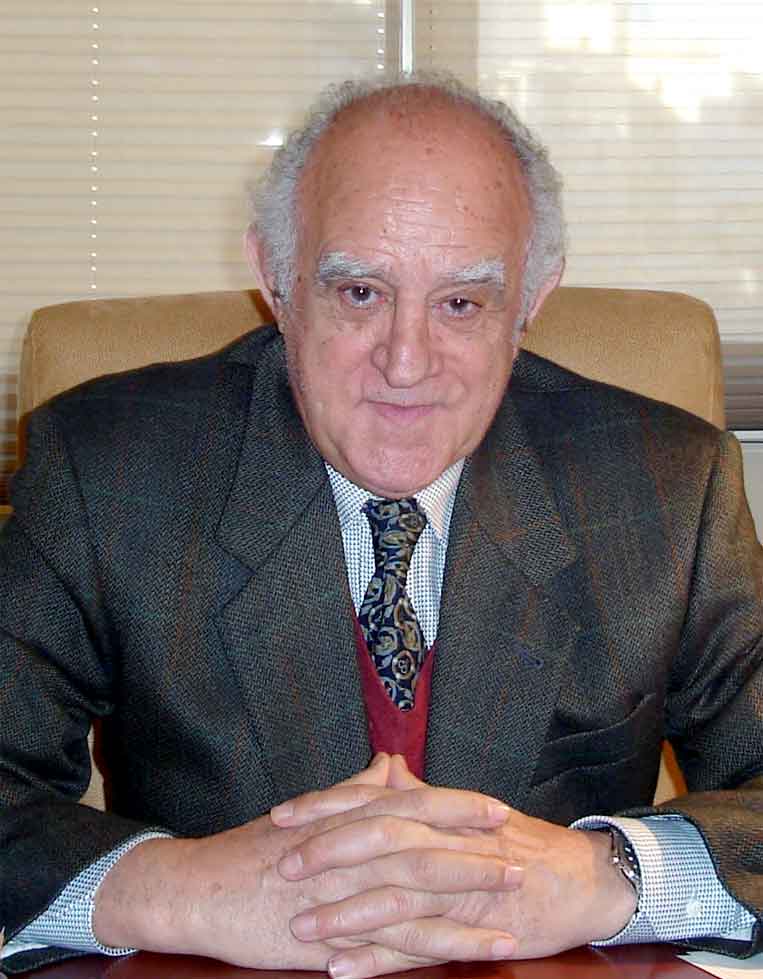Can Bonet school in Sant Antoni is one of the three schools in Ibiza participating in the pilot plan of free choice of language during the current academic year. After the first few months, the management of the school has a more than positive balance: they assure that the possibility of choosing between Spanish and Catalan as the vehicular language of instruction has improved the performance of the students.
“I think it is appropriate to offer families the possibility of choosing the language in which some subjects are taught,” said Josep Lluís Mollà, director of the school, in an interview with La Voz de Ibiza, in relation to the initiative promoted by the Balearic Government and promoted by Vox. And he detailed: “After one trimester, the students have improved their understanding and achievement of the objectives of the area. In other words, they have improved their grades”. The director has no doubts in linking this improvement in academic results to the possibility of choosing the language: “Being able to opt for the language that is familiar helps the person to assimilate knowledge. There are families who, for example, come from Morocco and find Catalan more difficult, but they do better in Spanish”. Initially, the pilot plan has been implemented in 147 students in the six grades of primary school for the subjects of Natural Sciences, Social Sciences and, in some exercises, Mathematics. For Mollà, one advantage of the methodology is that “it is not monolithic. At the beginning of each year, the chosen language can be changed. In fact, some have already told us that they would prefer to change next year.
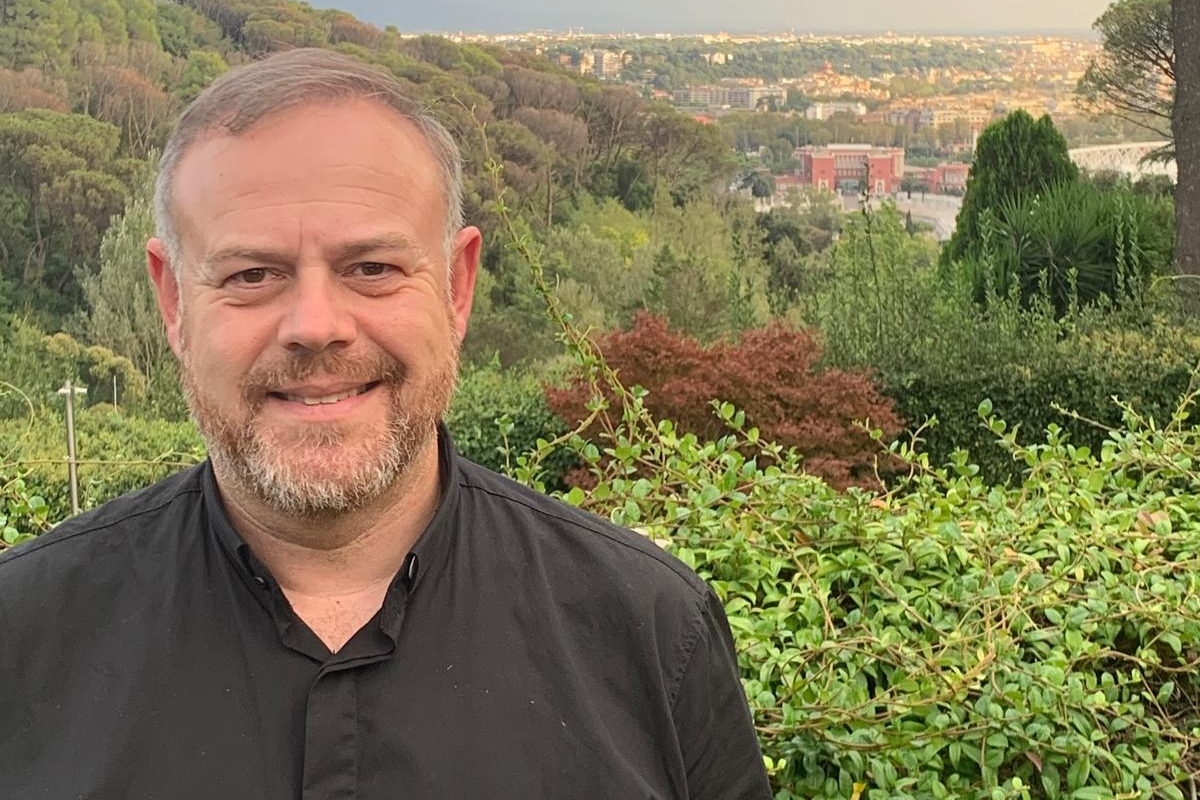
Methodology
The pilot plan began before the start of the current school year, when a circular was sent to families -drafted in both Spanish and Catalan- so that they could choose their preferred language for the teaching of the subjects indicated. Based on the choices of each family, the courses were split. Thus, one teacher teaches classes in Spanish and another in Catalan. A third teacher acts as coordinator, to monitor the progress of each group and ensure that the contents are the same. The requirement for carrying out the pilot plan was that at least 20% of the content had to be in one of the two languages. This did not turn out to be a problem, since in all the courses (with an average of 25 students), there was parity between those who chose Spanish or Catalan. “There were cases of 50-50 or 60-40, with a majority of both languages,” explained the school director.
Challenges
Although Can Bonet already has experience in teaching in different languages in parallel through the implementation of a linguistic plan, it has had to make important adaptations. Until now, one subject was linked to each language. “For example, students have always had Spanish in Mathematics or Music, and Art Education in English. Now it has been the families who have been able to choose, at least in Natural and Social Sciences.” This has involved logistical challenges. “It has been a bit difficult to balance the schedules, because you can’t split up all the groups at the same time due to a question of space,” said the school’s director. In that sense, he says: “What we have done was to learn from the experience we had with the covid, when we split groups, we have done more or less the same, using all the available space”. On the other hand, Mollà has pointed out that they have obtained resources from the Conselleria to provide more staff to the workforce. “It was impossible with the usual number of teachers. The Conselleria has given us curricular hours, which has covered the almost complete hiring of two teachers.” Based on the good results of the pilot plan, Can Bonet is already considering the possibility of extending the experience to secondary schools. To do so, the director explains, they are awaiting instructions from the Conselleria.

